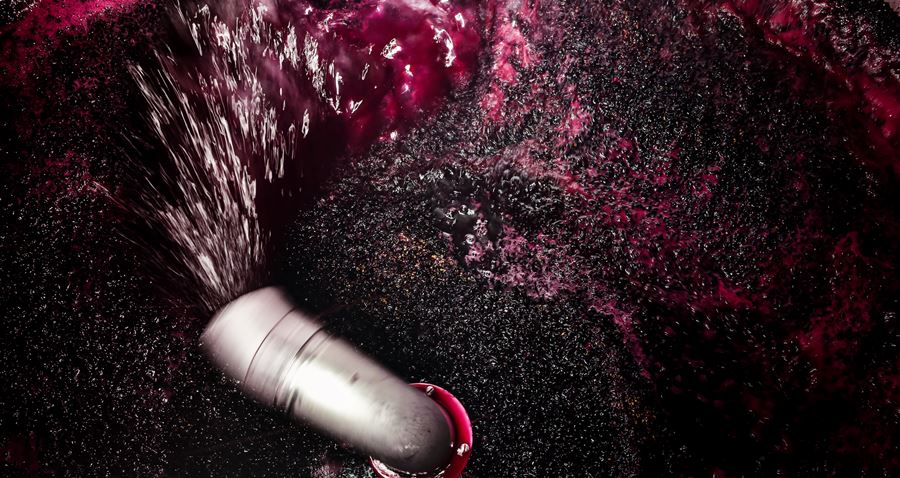The unconventional yeasts crafting the next generation of wines
Unlocking the potential of non-Saccharomyces yeasts in crafting unique wine profiles
2024-04-03

In the realm of winemaking, a renaissance is happening, a kind of quiet revolution that's stirring up the traditional pot with its innovative brew. This resurgence is not about the grapes, nor is it about the barrels or the terroir in the conventional sense. It's about something much smaller yet incredibly impactful: yeasts. Specifically, the spotlight is turning towards "non-Saccharomyces" yeasts, those microscopic entities offering winemakers a palate of options beyond the ubiquitous S. cerevisiae.
For decades, if not centuries, S. cerevisiae has been the go-to yeast for winemakers. It's reliable, it's predictable, and it knows its job well—fermenting grape juice into wine. However, as palates evolve and the quest for unique flavors grows, winemakers are delving deeper into the microbial world. Enter the non-Saccharomyces yeasts, a group of microorganisms that could potentially revolutionize winemaking by adding depth, complexity, and distinctive characteristics to wine that S. cerevisiae alone might not achieve.
In a groundbreaking Italian study led by Raffaele Guzzon from the Fondazione Edmund Mach in San Michele all'Adige, Italy, the potential of these yeasts is showcased in challenging winemaking contexts. The study, titled "Uso no común de levaduras no Saccharomyces" (Uncommon use of non-Saccharomyces yeasts), illustrates how these yeasts can thrive even under the stringent conditions of wine production that were previously thought to be limiting.
One of the fascinating instances explored is the production of Vino Santo di Gambellara, a wine made from dried grapes, where Lachancea thermotolerans was used. This non-Saccharomyces yeast played a crucial role as a biological acidifying agent during alcoholic fermentation. It helped achieve a sufficiently acidic profile for the Vino Santo, ensuring it was both stable and balanced from an organoleptic perspective. The idea of using a yeast to introduce acidity, as opposed to traditional methods like adding tartaric acid, opens a new chapter in winemaking where microorganisms are not just fermenters but also crucial in shaping the wine's final taste profile.
Another intriguing application discussed is in the production of sparkling wines from Lambrusco grapes using the champenois method. Here, strains of Saccharomyces uvarum and Torulaspora delbrueckii were co-inoculated with S. cerevisiae during the second fermentation. This combination yielded sparkling wines with a more complex organoleptic profile, showcasing how blending different yeast strains can contribute to a multifaceted sensory experience in wine.
The study's findings, backed by advanced analytical approaches like GC MS-MS analysis, underscore the unique contributions of these non-Saccharomyces yeasts to wine production. They prove that these yeasts are not just survivors but also performers, capable of adapting to and thriving in challenging environments, thereby enhancing the fermentation process and contributing to the wine's final character.
This exploration into the world of non-Saccharomyces yeasts represents a frontier in winemaking, where the invisible becomes impactful. It's a reminder that innovation can come from the smallest of participants in the winemaking process, offering new tools for winemakers seeking to push the boundaries of flavor, aroma, and overall wine quality. As the wine industry continues to evolve, these microscopic marvels could lead the charge, transforming traditional winemaking into an art form that's as much about the micro as it is about the macro.
Founded in 2007, Vinetur® is a registered trademark of VGSC S.L. with a long history in the wine industry.
VGSC, S.L. with VAT number B70255591 is a spanish company legally registered in the Commercial Register of the city of Santiago de Compostela, with registration number: Bulletin 181, Reference 356049 in Volume 13, Page 107, Section 6, Sheet 45028, Entry 2.
Email: [email protected]
Headquarters and offices located in Vilagarcia de Arousa, Spain.